Ruth Turner Perry
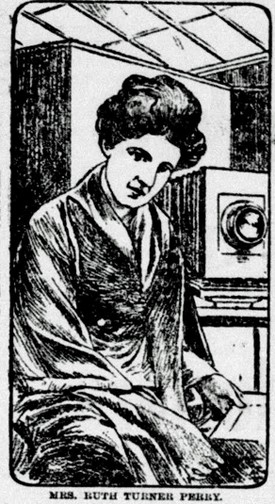
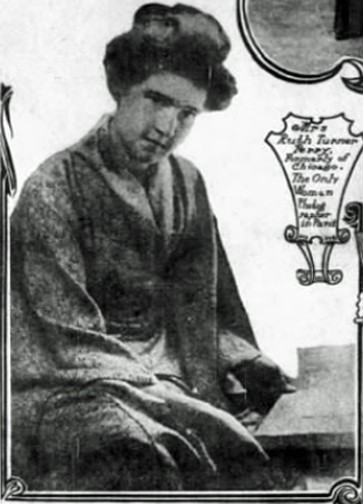
Though details about the early life of Ruth Turner Perry are scarce and sometimes contradictory, there is no doubt that she was a celebrated photographer in Paris at the turn of the 20th century. In fact, she was possibly the only female photographer in Paris at that time, and her largest client base were the young ladies living at 4 rue de Chevreuse.
Before moving to Paris, Perry had apparently spent time in San Francisco, New York, and Boston, taking up photography merely as a hobby while in San Francisco. She submitted some of her photographic work to the International Exhibition in San Francisco in 1902 and won a medal.
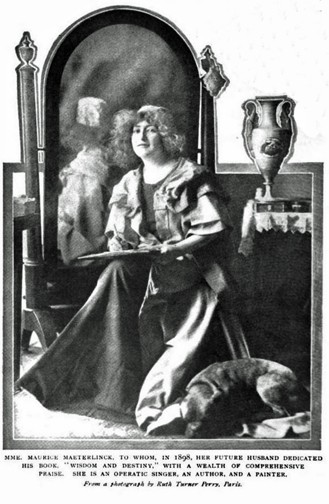
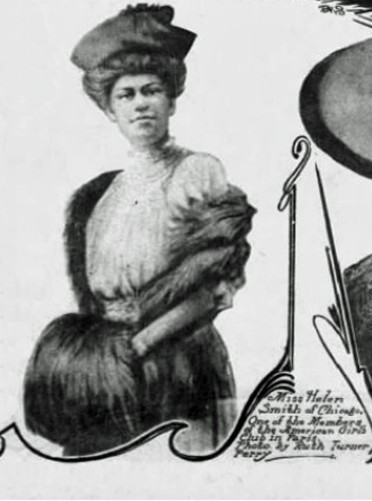
Perry is listed in the American Students' Census of Paris from 1903 as a painting student from New York City. And indeed she did study painting for two years. Though her portraits had been favorably appraised by teachers and critics, she cast aside her palette and brush and took up the camera. In a July 1908 article in The Chicago Tribune, which identified Perry as a Chicagoan, she is lauded for daring to do what no French woman had dared by opening a photography studio that was a "remarkable financial and artistic success" (40). The article charts her trajectory from art student and aspiring portrait painter to self-taught photographer, describing in great detail her studio, located at 235 rue du Faubourg Saint-Honoré near the fashionable Parc Monceau. The next year, in 1909, Perry moved her studio to 90 boulevard Pereire, still close to the Parc Monceau, and she was advertising herself as the only woman photographer in Paris in newspapers like The Brooklyn Daily Eagle:
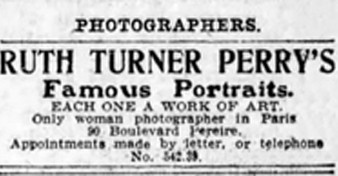
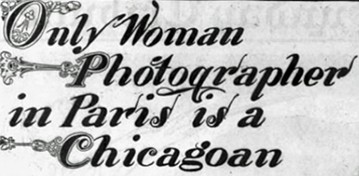
Although she was a member of the American Girls' Art Club, Perry resided on the nearby boulevard Saint-Jacques. On September 27, 1908, The Chicago Tribune ran a story, "How the American Business Woman Has Invaded Paris," featuring a photograph of Perry and naming her as one of the great success stories among the “young breadwinners” (F8). Perry approached photography with the eye of a portrait painter, aiming "for the same effects of line and composition" (The Chicago Tribune, July 5, 1908, 40). One distinguished portrait painter of the time described her work as:
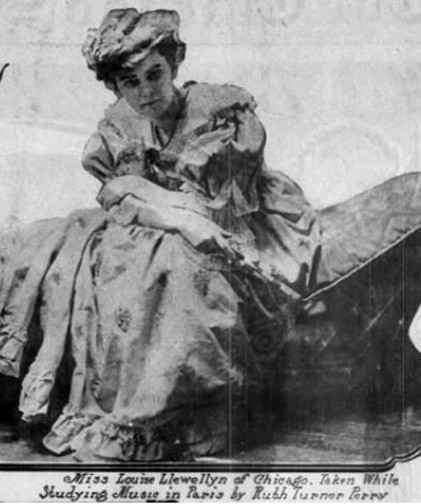
"[...] most beautiful and interesting, some of them reminding one of the paintings by Rembrandt, Velasquez, and other old masters because of their depth, warmth, and rich coloring. Others are like the celebrated pencil drawings of Ingres, but both styles, the delicate and the heavy, are highly artistic" (cited in Chicago Tribune, 1908).
Another story about Perry appeared in The Gladstone Age (1909), a local newspaper in Manitoba, Canada, and was reprinted in a number of regional American and Canadian newspapers. The story chronicled Perry's triumph in Paris, highlighting the commissions she was receiving from prominent French families, "[...] a sure indication of her claim to success, for the French aristocrats are the most conservative people in the world" (February 11, 1909, 7).
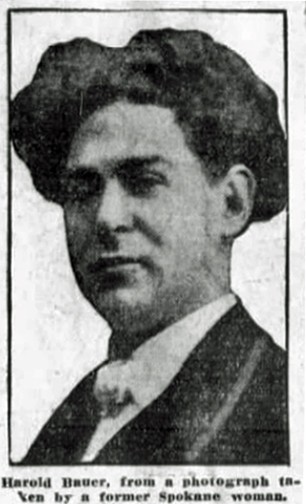
Among Perry’s admirers were Georgette LeBlanc, the actress and partner of Belgian writer Maurice Maeterlinck, and Harold Bauer, noted pianist and music instructor.
The Spokane Chronicle reported in February 1912 that Perry’s portrait of Bauer was his “most prized photograph of himself” (19). Interestingly, the article also identifies Perry as the former “Miss Turner,” a Spokane native rather than a Chicagoan, who taught art for three years in the Spokane public schools before pursuing her career as an artist. It seems that by 1912 Perry had traded in her success in Paris and opened her own photographic studio in New York City. In November 1912, Perry, whose first husband we know nothing about, was married in Rome to Marco Liderma, a former professor of modern languages at the University of Cincinnati. The Spokane Chronicle reported on the wedding for the society pages (November 25, 1912, 14).
Unfortunately, further details about Perry's life and career have not yet surfaced.
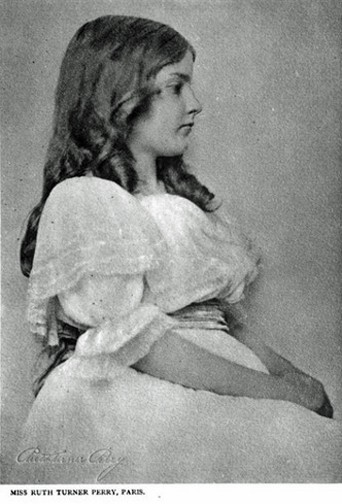
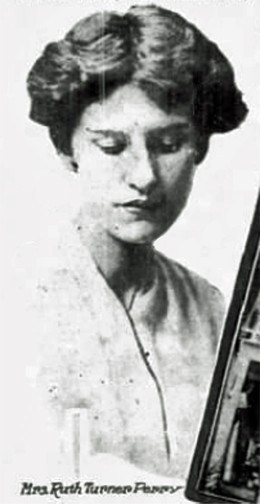
Sources
- “Bauer Likes Photo Taken by American.” Spokane Chronicle, February 13, 1912, p. 19. ProQuest Historical Newspapers.
- “How the American Business Woman Has Invaded Paris.” The Chicago Tribune, September 27, 1908, p. F8. ProQuest Historical Newspapers.
- McProud, Laura. American Students’ Census, Paris 1903. Paris: Laura McProud, 1904, p. 25. Internet Archive.
- “Mrs. Ruth Turner Perry is Married in Rome, Italy.” Spokane Chronicle, November 25, 1912, p. 14. ProQuest Historical Newspapers.
- “Only Woman Photographer in Paris Is a Chicagoan.” The Chicago Tribune, July 5, 1908, p. 40. ProQuest Historical Newspapers.
- Robinson, Helen Ring. “In the Homes of the Dreamers.” The Scrap Book, vol. 4, no. 4, October 1907, p. 582. Google Books.
- “Woman’s World.” The Gladstone Age, February 11, 1909, p. 7. NewspaperArchive.com.